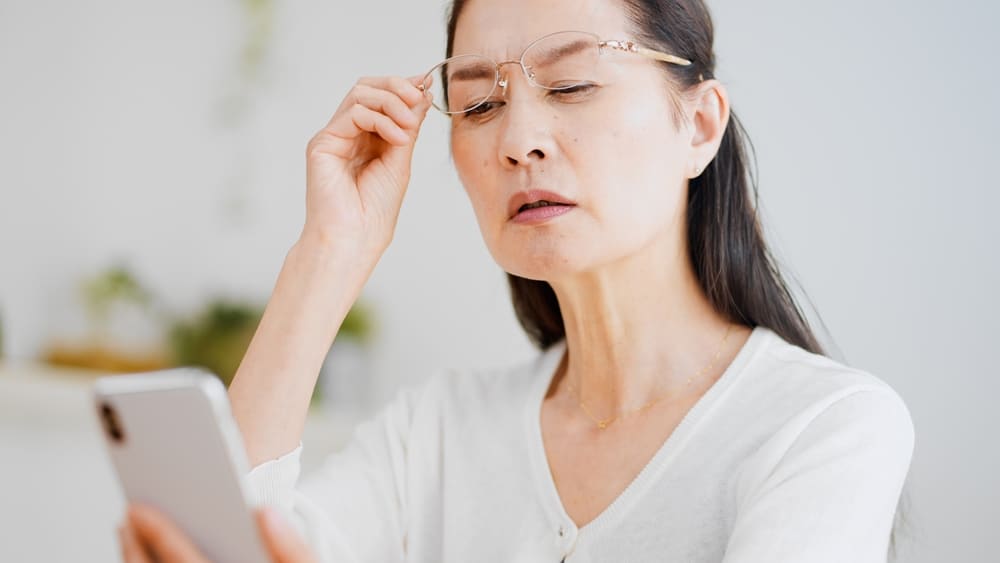
As you age, your eyes undergo various changes that can affect your vision. Two common eye conditions that many people experience are presbyopia and hyperopia.
Although both conditions cause difficulty seeing up close, they are distinct and have different causes. Keep reading to learn about the differences between presbyopia and hyperopia, their symptoms, and how they can be treated!
What is Presbyopia?
Presbyopia is an age-related eye condition that typically develops after the age of forty. It occurs when the eye’s natural lens loses its flexibility, making it difficult to focus on close-up objects.
This loss of flexibility is a gradual process that happens to everyone as they age, regardless of whether they have had previous vision problems.
What is Hyperopia?
Hyperopia, also known as farsightedness, is a refractive error that affects people of all ages. It occurs when the eyeball is shorter than normal, or the cornea is too flat, causing light to focus behind the retina instead of directly on it.
As a result, close-up objects appear blurry, while distant objects remain clear.
Are Presbyopia and Hyperopia The Same Thing?
Although presbyopia and hyperopia share some similar symptoms, they are not the same condition. The main differences between the two are:
Age of onset: Presbyopia typically develops after the age of forty, while hyperopia can affect people of all ages, including children.
Cause: Presbyopia is caused by the natural aging process and the loss of flexibility in the eye’s lens. Hyperopia, on the other hand, is caused by the shape of the eyeball or the curvature of the cornea.
Distance Vision: People with presbyopia usually have clear distance vision, while those with hyperopia may experience blurred vision at all distances if the condition is severe.
Understanding these differences is essential for receiving the proper diagnosis and treatment for your specific vision problem.
How Do You Treat Presbyopia and Hyperopia?
Treatment options for both presbyopia and hyperopia aim to help the eyes focus on close-up objects more easily. Typically, the treatment for both of these conditions will vary depending on the severity.
Your eye doctor might recommend visual aids such as glasses or contact lenses to help you see clearly. For those who are candidates, refractive surgery like LASIK or refractive lens exchange may be an option as well.
Your eye doctor will recommend the best treatment option based on your individual needs and the severity of your condition.
Can You Have Presbyopia and Hyperopia at the Same Time?
It is possible to have both presbyopia and hyperopia simultaneously. In fact, most people who have hyperopia will also develop presbyopia as they age.
When this happens, the combination of the two conditions can make close-up vision even more challenging. If you have both presbyopia and hyperopia, your eye doctor may recommend a combination of treatments, such as wearing bifocals or progressive lenses, to address both conditions at the same time.
Are you having trouble seeing things up close? Schedule an appointment at Colorado Eye Consultants in Littleton, CO, today!

